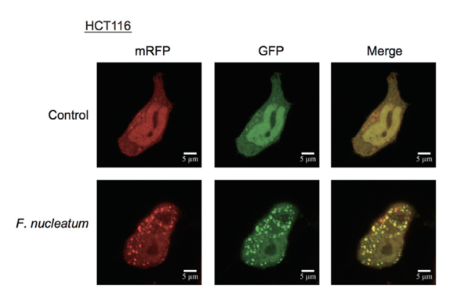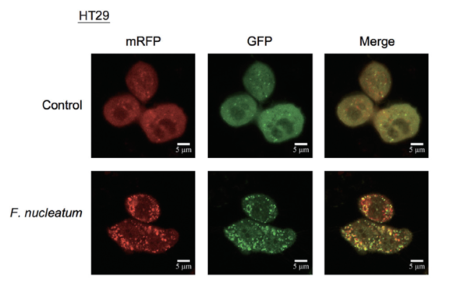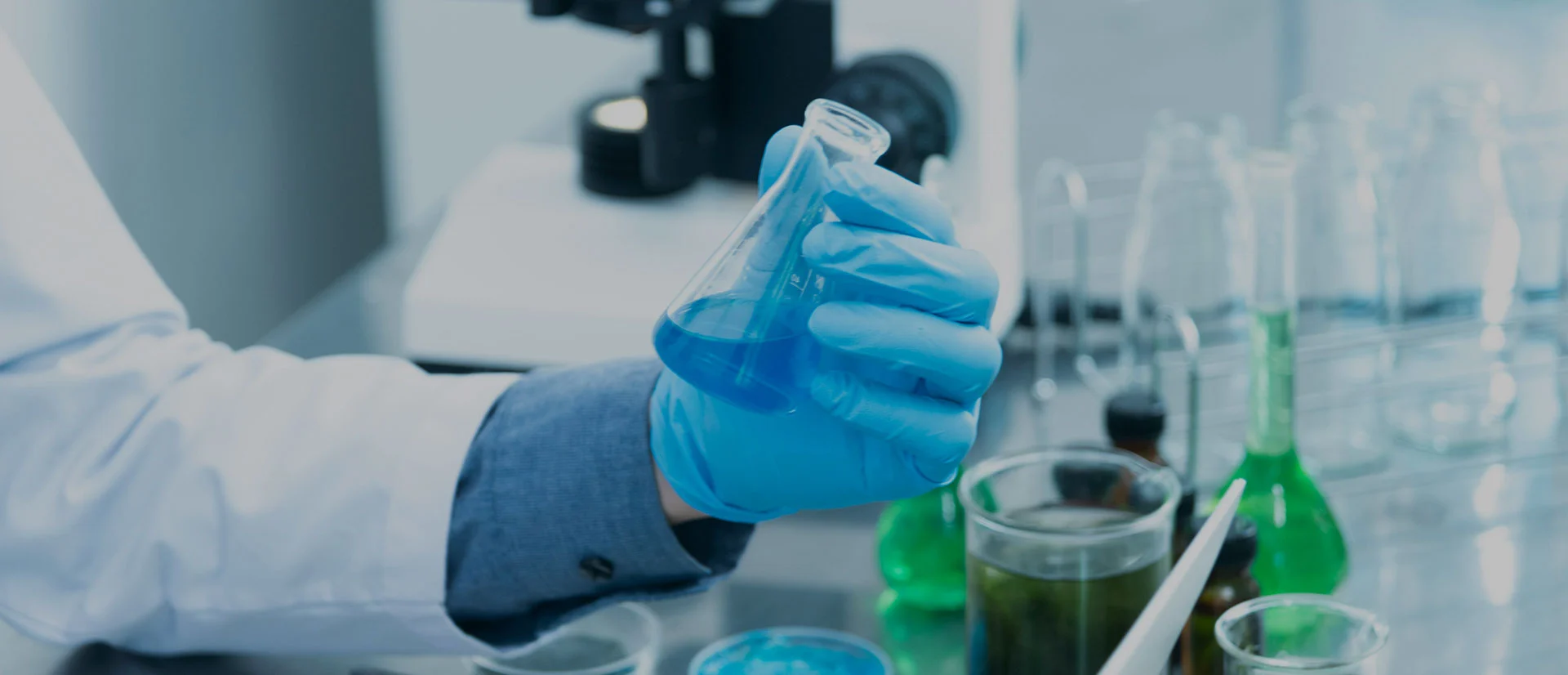
- Lentivirus
- Adeno-Associated
- Adenovirus
- Pseudovirus
- Vector
- Synthesis
- Autophagy Research
- CRISPR/Cas9
- Noncoding RNA
- Luciferase Assay
- Reagents
WHAT ARE YOU LOOKING FOR?
Recombinant adenovirus (AdV) is a widely used replication-defective adenoviral vector system in gene therapy, life science research and other fields. The commonly used adenoviral vectors are based on human adenovirus type 5 (Ad5), which has a linear double-stranded DNA genome of 36 kb. Adenoviruses can enter cells by binding their fibers to cell surface receptors, followed by internalization into endosomes and subsequent transfer to the cytoplasm and nucleus. With the assistance of cellular transcription and translation machinery, viral replication and assembly are initiated. A complete viral life cycle leads to cell death, resulting in the release of viral particles.
Services | Products | Titer | Application |
| Conventional Adenovirus | 1010PFU/m or 1011PFU/ml | Suitable for common cell line infection |
Suspended Cell Specific Adenovirus(Ads) | 1010PFU/ml or 1011PFU/ml | Specially designed for suspended cells, compatible with normal and primary cells, with higher efficiency |
NO. | Regulation | Vector Name | Prokaryotic Antibiotic | Eukaryotic Antibiotic | Fluorescent Label | Promoter |
Adeasy014 | OE | pAdEasy-EF1-MCS-CMV-EGFP | Kanamycin | not have | EGFP | EF1 |
Adeasy015 | OE | pAdEasy-EF1-MCS-CMV-mCherry | Kanamycin | not have | mCherry | EF1 |
Adeasy018 | OE | pAdEasy-CMV | Kanamycin | not have | not have | CMV |
Adeasy022 | OE | pAdEasy-CMV-3flag | Kanamycin | not have | not have | CMV |
Adeasy023 | OE | pAdEasy-EF1-MCS-3flag-CMV-EGFP | Kanamycin | not have | EGFP | EF1 |
Adeasy024 | OE | pAdEasy-EF1-MCS-CMV-LUC | Kanamycin | not have | Luciferase | EF1 |
Adeasy027 | OE | pAdEasy-EF1-MCS-CMV-eRFP | Kanamycin | not have | eRFP | EF1 |
Adeasy030 | OE | pAdEasy-EF1-MCS-3flag-CMV-mCherry | Kanamycin | not have | mCherry | EF1 |
Adeasy032 | OE | pAdeasy-EF1-CircRNA-CMV-EGFP | Kanamycin | not have | EGFP | EF1 |
Adeasy019 | RNAi | pAdEasy-U6 | Kanamycin | not have | not have | U6 |
Adeasy020 | RNAi | pAdEasy-U6-CMV-EGFP | Kanamycin | not have | EGFP | U6 |
Adeasy021 | RNAi | pAdEasy-U6-CMV-mCherry | Kanamycin | not have | mCherry | U6 |
Adeasy028 | RNAi | pAdEasy-U6-CMV-eRFP | Kanamycin | not have | eRFP | U6 |
Adeasy026 | Cas9/gRNA | pAdEasy-U6-CMV-Cas9-2A-eRFP | Kanamycin | not have | eRFP | U6 |
Adeasy043 | Cas9/gRNA | pAdEasy-U6-scaffold-CMV-Cas9-T2A-ZsGreen | Kanamycin | not have | ZsGreen | U6 |
Wide range of infection: Adenovirus can be used to infect ordinary cell lines, suspended cells, primary cells and so on.
High infection efficiency: The titer of adenovirus can be as high as 10^11PFU/ml, and the infection efficiency is high, which can infect suspension cells and primary cells.
Large carrier capacity: The vector capacity of adenovirus is large, up to 8kb.
Low cytotoxicity: Strict purification process
Qualified: Strictly follow quality control standards
High titer: The titer can reach up to 10^11PFU/mL
Selection: Available in vectors with a wide variety of promoters, selection markers, and reporters.
Testing Items | Testing Method | Result |
Mycoplasma | PCR | Negative |
Endotoxin | LAL | Qualified |
Bacteria | Culture | Negative |
Fungi | Culture | Negative |
Active Titer | Infection | ≥10^10 PFU/ml |
Adenovirus infection of cells:



HCT116 and HT29 transfected with mRFP–GFP–LC3 adenovirus, Hanbio's customer published in CELL in 2017
Adenoviruses used in animal experiments
The titer of adenovirus purification can reach 10^11 PFU/ml, which is used for animal experiments

Mice were injected subconjunctival with purified adenovirus Ad-SIRT1 and control AdGFP, PFU=10^11/ml,3 μl/single eye, GFP was observed 48 hours later
Fusobacterium nucleatum Promotes Chemoresistance to Colorectal Cancer by Modulating Autophagy
(Journal:CELL,IF=41.582,Hospital, School of Medicine, Shanghai Jiao Tong University)
Local hyperthermia therapy induces browning of white fat and treats obesity
(Journal:CELL,IF=41.582,East China Normal University)
TRIB3 Promotes APL Progression through Stabilization of the Oncoprotein PML-RARa and Inhibition of p53-Mediated Senescence
(Journal:Cancer Cell,IF=31.743,Institute of Materia Medica)
An ALOX12–12-HETE–GPR31 signaling axis is a key mediator of hepatic ischemia–reperfusion injury
(Journal:NATURE MEDICINE,IF=30.641,Wuhan University)
WWC proteins mediate LATS1/2 activation by Hippo kinases and imply a tumor suppression strategy
(Journal:MOLECULAR CELL,IF=17.970,Children’s Hospital of Fudan University)
E3 ubiquitin ligase RNF5 protects against hepatic ischemia reperfusion injury by mediating PGAM5 ubiquitination
(Journal:HEPATOLOGY,IF=17.425,The First Affiliated Hospital of Zhengzhou University)
SIRT3 Acts As a Negative Regulator of Autophagy Dictating Hepatocyte Susceptibility to Lipotoxicity
(Journal:HEPATOLOGY,IF=17.425,Zhejiang University)
atg7-Based Autophagy Activation Reverses Doxorubicin-Induced Cardiotoxicity
(Journal:Circulation Research,IF=17.367,Beijing University of Chinese Medicine)
Protective effect of HINT2 on mitochondrial function via repressing MCU complex activation attenuates cardiac microvascular ischemia–reperfusion injury
(Journal:Basic Research in Cardiology,IF=17.165,Zhongshan Hospital, Fudan University)
AKAP1 Deficiency Attenuates Diet-Induced Obesity and Insulin Resistance by Promoting Fatty Acid Oxidation and Thermogenesis in Brown Adipocytes
(Journal:Advanced Science,IF=16.806,Fourth Military Medical University)

Contact Hanbio and leave your requirements. We will reply as soon as possible.